Flycatcher is the name assigned to two major families of birds as well as several smaller families. The New World or “tyrant” flycatcher family is one of the largest families of birds with over four hundred members. The New World flycatcher family is present in North and South America. They vary in behavior and appearance, however most are small insectivorous song birds. The Old World flycatchers are native to Eurasia and are named for their tendency to catch insects in flight. Although they seem quite similar, and share a name due to their resemblance, Old World and New World flycatchers are quite distinct and are not as closely related as one might expect. (1)
Because there are so many flycatchers, and because flycatchers vary so greatly from species to species, it is difficult to determine traits which apply to all flycatchers. Certainly, individual species have their own unique adaptations, behaviors, appearances, and challenges. All flycatchers, though, are energetic and beautiful additions to nature’s landscape.
Flycatcher Symbolism and Meaning
The flycatcher is an acrobatic creature, whizzing through the air to snap up unsuspecting insects with ease. For this reason, the flycatcher symbolizes energy, dexterity, and nimbleness.
Many flycatcher species boast unique and beautiful plumage. The Scissor-tailed Flycatcher, for instance, is a New World flycatcher with a long forked tail which forms a dazzling silhouette. (2) This particular flycatcher also happens to be the state bird of Oklahoma! (3) So, flycatchers may represent the many shapes and sizes in which beauty manifests. For an Oklahoma native, these birds may also represent pride in one’s home state.
Flycatcher Native American Symbolism
In Native American symbolism, the flycatcher represents courage and perseverance. According to a legend which we will discuss in detail later, the flycatcher was one of just two birds to survive a catastrophic flood. The flycatcher only managed to survive thanks to its quick thinking and refusal to give in. (4)
So, Native American symbolism treats this bird as a symbol of inner fortitude. In this tale, the flycatcher demonstrates that size, strength, and ferocity cannot defeat bravery and determination. The flycatcher represents the inner strength that even the smallest of creatures can possess.
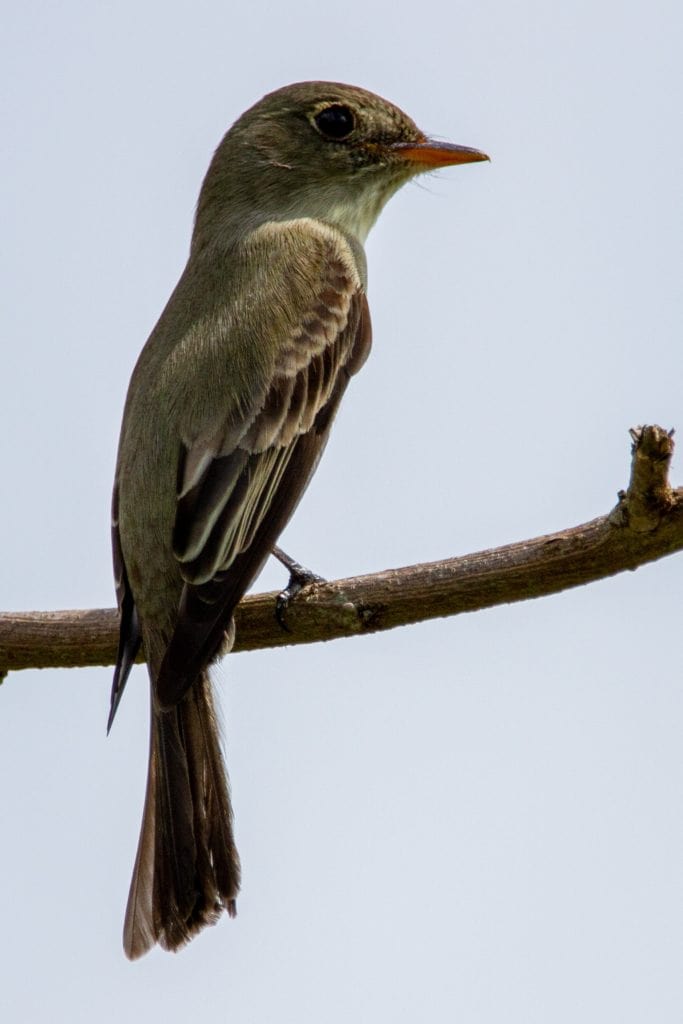
Flycatcher Christianity Symbolism
In Christian symbolism, the flycatcher may represent the value of hard work. The Christian faith places a high value on a good work ethic. From Thessalonians 3:10-12:
“For even when we were with you, we would give you this command: If anyone is not willing to work, let him not eat. For we hear that some among you walk in idleness, not busy at work, but busybodies. Now such persons we command and encourage in the Lord Jesus Christ to do their work quietly and to earn their own living.” (5)
In a way, the flycatcher is almost akin to a fisherman. It dips and flits across the sky and can only eat what it rightly earns.
Flycatcher Celtic Symbolism
In Celtic symbolism, birds are often representatives of the “Otherworld.” Flycatchers are no exception to this. The tendency of many Old World flycatcher species to reside in dense forests supports a connection with the untamed forces of the Otherworld.
Flycatcher in Dreams
If you’ve been dreaming of flycatchers, the specific meaning may be very different depending upon which flycatcher species has been appearing to you.
Many New World flycatchers have a tendency to make their way far outside of their expected ranges. This wandering habit may feature into a dream about New World flycatchers. Such a dream may indicate a sense of “lost-ness” or a desire to strike out on a journey. (6)
Dreaming of a European Robin, a very famous member of the Old World flycatcher family, may indicate hope or longing. Despite their name, these birds are completely unrelated to American Robins. A European Robin in a dream may relate to a departed loved one or a seemingly hopeless situation. This bird is a reminder to keep on smiling. (7)
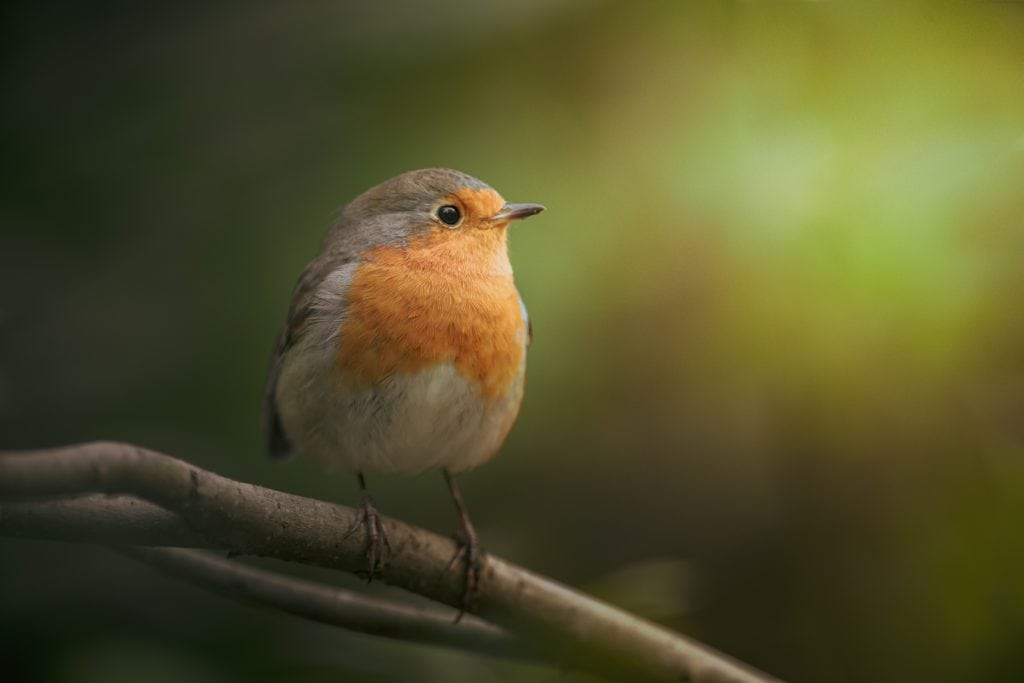
Many flycatcher dreams relate to focus. Flycatchers are excellent reminders that we miss out on all of the opportunities that we do not take. The fearless flycatcher pursues its goals with sharp acuity and relentless determination.
Flycatcher Encounters and Omens
A flycatcher encounter may mean that someone whom you love is thinking of you. In many legends, the flycatcher appears as a messenger. So, a flycatcher encounter may be a message from a loved one or from nature itself.
Additionally, flycatchers in Hawaiian myths often appear when a liar needs to be exposed. A flycatcher encounter can indicate the presence of a deceitful person in one’s life. Fortunately, the flycatcher itself is a sign that the truth will soon come out.
Flycatcher in Mythology & Folklore
Flycatchers, both New World and Old World, appear in myths across the globe. Although there are likely many more fascinating flycatcher stories to tell, I’ve compiled some of my favorites below.
Native American Mythology:
According to a Choctaw Native American legend, the Scissor-tailed Flycatcher was one of only two birds to survive a catastrophic flood. In this story, the world was overtaken by a powerful flood known as the “Returning Waters.” When these waters came, the Scissor-tailed Flycatcher and one other bird, a small species of woodpecker, were brave enough to fly high above the flood waters. The waters were so high that the pair had to perch upside down on the sky itself. When they did this, their tails dipped below them and were split by the churning waters, thus forming the iconic “scissor” shape of the flycatcher’s tail. According to the Choctaw, these two birds became favorites of the tribe and were rewarded by the creator for their courage, endurance, and ingenuity. (8)
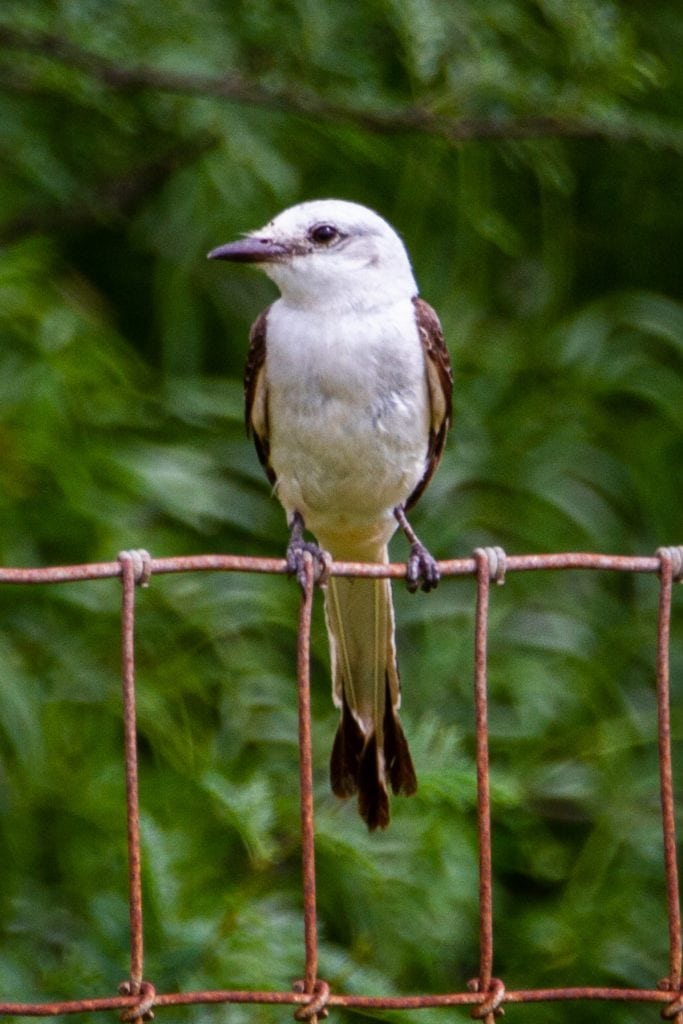
Indian Mythology:
According to some versions of a Hindu story, the Asian Paradise Flycatcher is an ally of the god Vishnu. In this version of events, Vishnu took on a fearsome lion-headed form in order to save a pious young child who was devoted to him. The child’s father was a demonic entity whom Vishnu had to slay. After defeating his foe, however, Vishnu was consumed by the fiery heat of battle. At that time, a group of flycatchers encircled him and fanned their wings and tails at him. This cooled and soothed Vishnu who was so pleased with the birds that he rewarded them by granting them their eye-catching long tails magnificent plumage. (9)
Hawaiian Mythology:
The Elepaio, a species of monarch flycatcher natives to the Hawaiian islands, is one of Hawaii’s most significant mythological figures. This pint-sized bird appears in a number of myths and is thought to be the agent of a very important goddess. (10)
The goddess Lea, who is the patron goddess of canoe-building, is thought to appear in the form of the Elepaio. This means that a visit from the Elepaio can be an important opportunity to interpret Lea’s will. For example, the Elepaio’s appearance and behavior can indicate whether a tree is suitable for building a canoe. (11)
In many other legends, Elepaio appears, not as Lea, but as a messenger spirit. Elepaio can shapeshift into human form and seems to always know everyone’s secrets. When evil characters disguise themselves in stories, or when evil deeds are hidden, it is Elepaio who often reveals the truth. (12)
Japanese Mythology:
In Japan, the Japanese Paradise Flycatcher is a beloved harbinger of the summer season. This bird’s Japanese name, “sankocho,” means “three lights bird.” For this reason, the sankocho is thought to be a sacred symbol of the three heavenly lights: the sun, the moon, and the stars. In some instances, the sankocho is treated as a storyteller who arrives in the summer with fantastic tails to share. (13)
Greek Mythology:
The Narcissus Flycatcher is so named because of its vibrant yellow color. This color is shared by the narcissus flower. Both narcissus’s are named after a figure from Greek mythology. According to mythology, Narcissus was a beautiful young man who was the sun of a river god and a nymph. Narcissus was a hunter who spent much of his time in the forest. One day, he happened upon a nymph named Echo. Echo fell in love with Narcissus, but he cruelly rejected her because he thought himself to be far more beautiful than she was. Echo wandered the woods forever after, until all that was left of her was the echoing sound of her voice. Nemesis, the god of vengeance, thought that Narcissus had been too harsh and decided to punish him. He lead the self-obsessed hunter to a clear pool which reflected images perfectly. Immediately, Narcissus was enamored with his reflection on the water. Devastated that the face he loved could never be beside him, Narcissus stared into his reflection until he perished and was transformed into the narcissus flower, which is better known as the daffodil. (14)
Additionally, a small genus of flycatchers from the Old World flycatcher family is named “Calliope.” This genus includes rubythroats. The Calliope genus is named after a figure from Greek mythology. Calliope is the eldest of the artist goddesses known as the “Muses.” Calliope’s name comes from the Greek for “beautiful” and “voice.” She presides over poets and kings and represents eloquence and epic poetry. Notably, Calliope is said to be the mother of the hero Orpheus whose music was so beautiful that even rushing water would stop in its tracks to listen. (15)
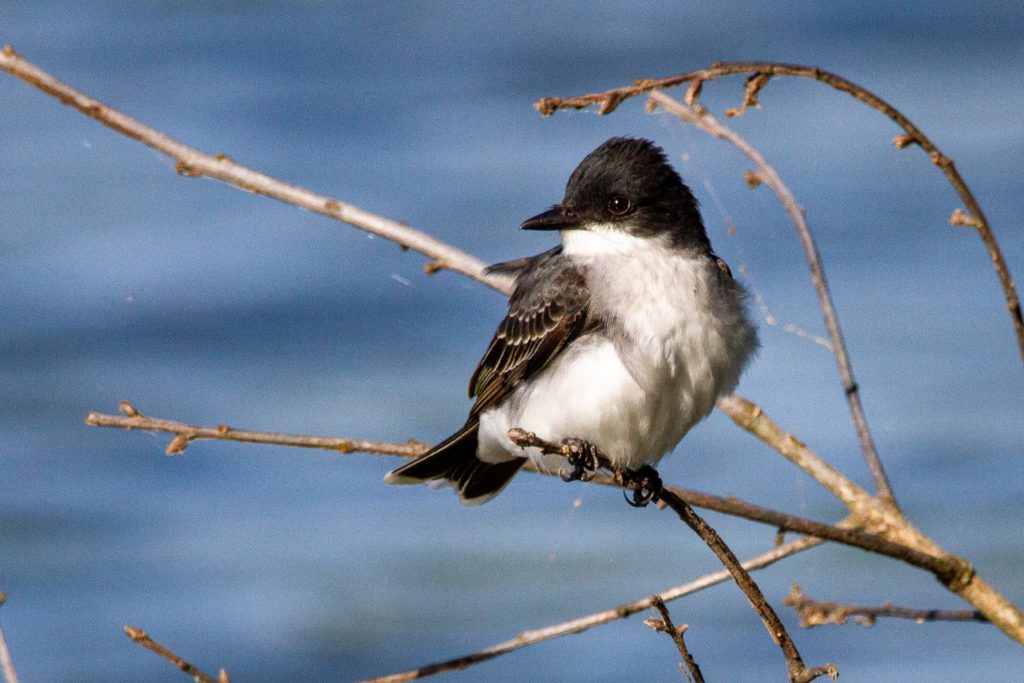
Flycatcher Spirit Animal
The flycatcher spirit animal often manifests in people who could be considered “over-achievers.” The flycatcher spirit is extremely goal-oriented and can be ambitious to a fault at times. Fortunately, though, people with this spirit animal are fantastic at problem-solving and thinking on their feet. Others may notice that people with the flycatcher spirit animal tend to lead fast-paced lives, but as far as this spirit animal is concerned, it is never fast enough.
The flycatcher spirit animal is clear-headed, energetic, and hard working. People with this spirit animal are often a bit tightly wound. They may subject themselves to far too much pressure in pursuit of their goals. This is because they desire perfection.
It is important for people with this spirit animal to understand and embrace their limits and to seek out balance rather than perfection. Goals are important, however, fun and relaxation are essential as well.
Flycatcher Totem Animal
The flycatcher totem animal is associated with truth. People with this totem animal cannot abide liars and will do whatever they believe is necessary to facilitate finding and sharing the truth. People with the flycatcher totem have a strong sense of justice and will not allow moral transgressions to slide.
Although they long to hold others accountable for their dishonesty, people with the flycatcher totem may struggle internally with their own compassion. They may be incredibly torn when asked, for example, to keep a loved one’s secret. It is wise to avoid secrets if one has the flycatcher totem animal.
Because the flycatcher values truthfulness so highly, people with this totem animal are often extra self-aware. They avoid telling themselves lies and may take on a very grounded and realistic worldview as a result.
Flycatcher Power Animal
The flycatcher power animal is strongly associated with vision. The power of the flycatcher brings both spiritual clarity and literal visual acuity. People with the flycatcher power animal may find that they see things that others do not. This can be rewarding and enlightening but can also result in some frustration.
The flycatcher power animal is very helpful when it comes to visualizing one’s goals and formulating a plan of action.
Flycatcher Tattoo Meaning
A flycatcher tattoo can hold a wide variety of meanings. For an Oklahoman, this bird may become a permanent reminder of home. For someone from Japan, a flycatcher tattoo may symbolize summer or the heavens. From a Hawaiian perspective, a flycatcher tattoo may represent the goddess Lea.
Broadly, a flycatcher tattoo symbolizes good things which come in small packages, energy, beauty, and quick thinking.
Conclusion
While there is very little which can be said to be true of all flycatchers, even such a large and diverse set of birds shares some fascinating traits amongst them. Spanning the globe in some form or another, the flycatcher is a tiny yet mighty creature which faces challenges with fearless enthusiasm. It is no wonder that some of the most recognizable and beloved birds around hail from one of the two major families which share the flycatcher name.

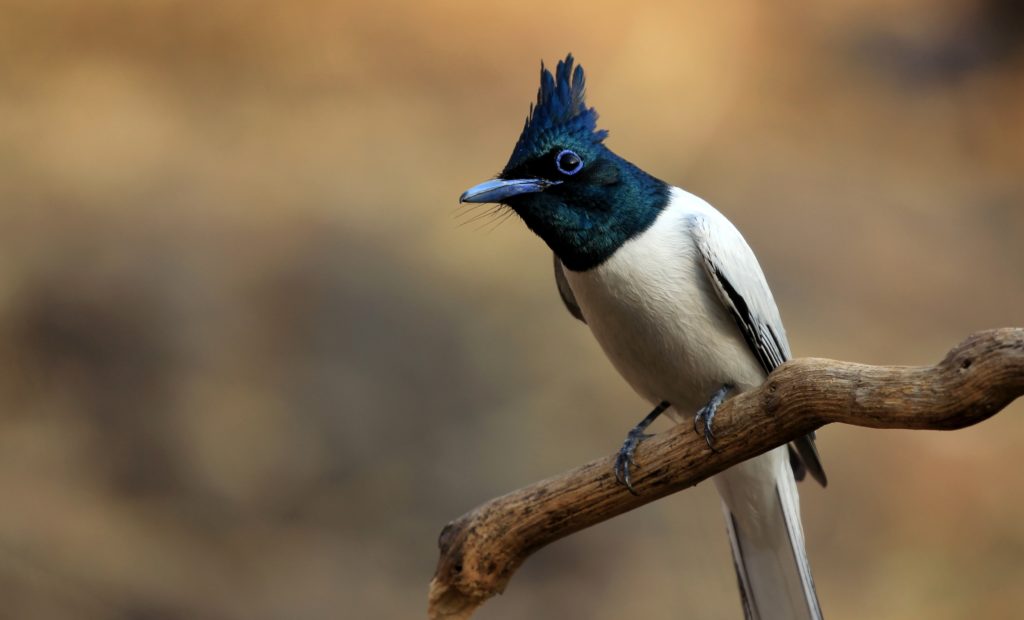
I love the Scissor-tailed Flycatcher and I’ve been considering getting a tattoo of one. Your article was beautiful and I logged reading about all the cultures’ representations.
(P.S. I’m a UCD grad.)
I’m so glad you enjoyed it. I saw my first scissor-tailed flycatcher in person this year and was totally stoked! Thank you for reading!!!
— Hailey Brophy
Writer @ WorldBirds